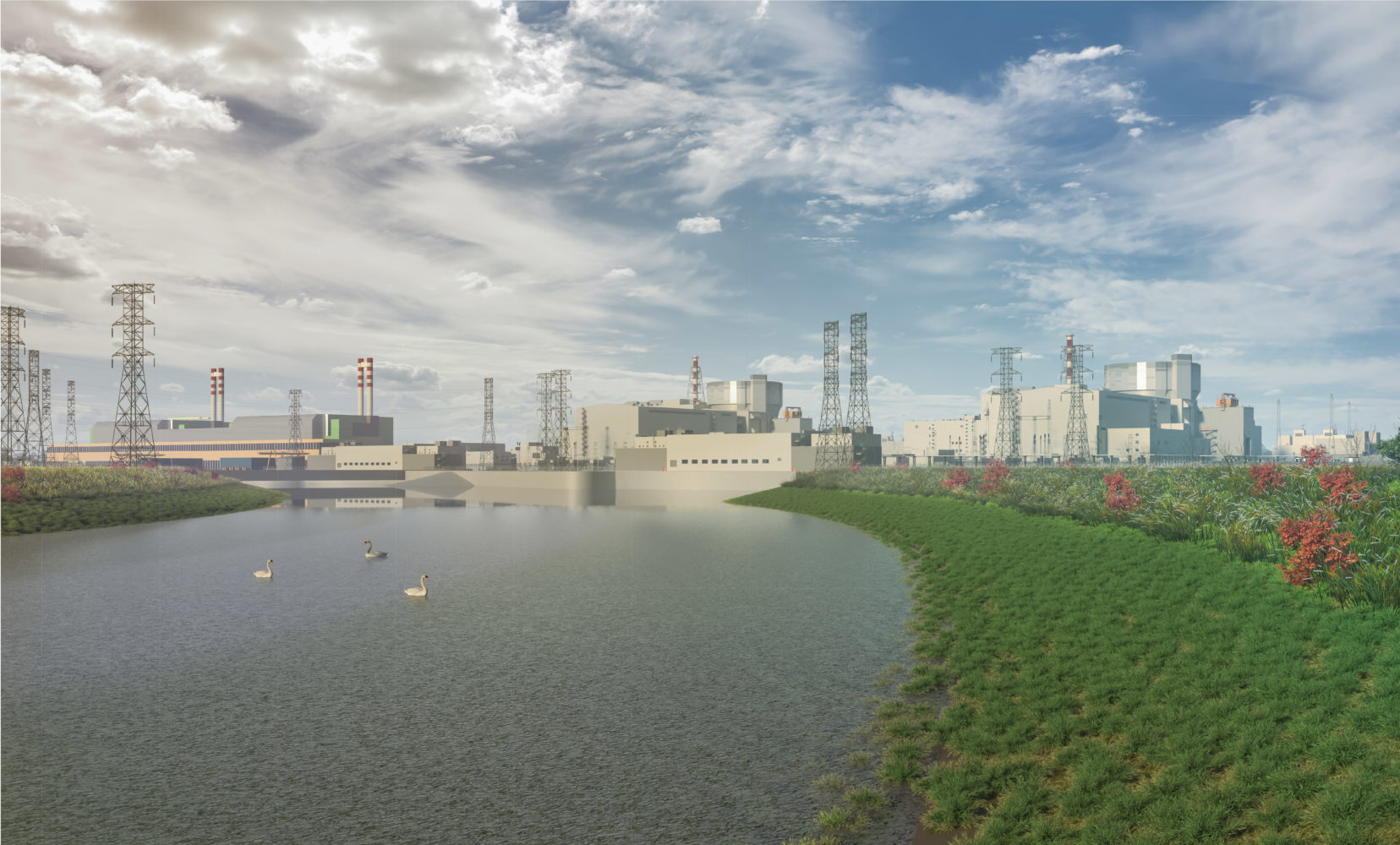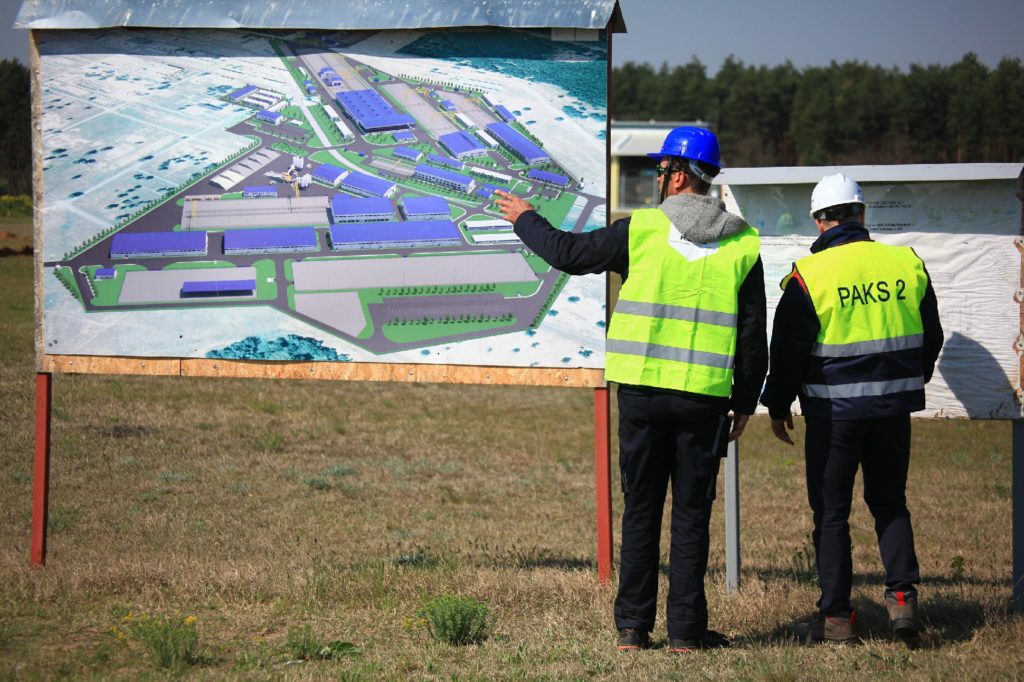
Nuclear Station: Eyeing the Future
back to contentsThe first unit of the Paks Nuclear Power Plant turned forty last year. The facility accounts for 45% of electric power generated in Hungary. Rosatom is preparing to build two new power units with innovative VVER-1200 reactors. Concreting of the foundation for the first of them is scheduled for next year.
The first and only nuclear power plant in Hungary was built and put into operation in 1982–1987 pursuant to the Paks NPP Construction Agreement signed in 1966. Located 100 kilometers south of Budapest, the Paks Nuclear Power Plant has four VVER-440 reactor units with a total capacity of 1.9 GW. Since their service life was extended for 20 years, the plant will remain in operation until 2037. The Hungarian government is considering the possibility of extending its life to 60 years. Paks accounts for over 45% of Hungary’s annual power production and covers a third of its total electricity consumption, which includes power imports, so its role is critical.
Paks is the world’s only nuclear power plant with VVER-440 reactors converted to an extended 15-month fuel cycle. Each of its four reactors continues to use nuclear fuel produced at Elemash (part of Rosatom’s TVEL Fuel Company). In 2020, a new fuel modification was developed and introduced in cooperation between the Paks NPP and TVEL. Since it has an optimized water uranium ratio (a weight ratio of water to uranium) in the reactor core, it makes the reactor operation more cost-effective. Fuel supplies from Russia are running uninterrupted.
Ambitious plans for the future
Hungary is re-industrializing, with energy-intensive sectors emerging, such as automotive plants and battery giga-factories. All of them need more electricity.
According to Hungary’s national energy strategy, the country will continue to develop its nuclear industry. In the 1970s and 1980s, the first power reactors at Paks were designed and built by Soviet nuclear engineers. In the 21st century, the task was entrusted to nuclear professionals from Russia. “Rosatom is a leading player in the global nuclear energy market; it builds and operates safe and sustainable nuclear power plants in many countries around the world,” Hungarian Foreign Minister Peter Szijjártó told reporters this February.

In 2014, the Hungarian government and Rosatom signed an agreement to construct two new power units with Generation III+ VVER-1200 reactors with an aggregate power capacity of 2.4 GW. Russia will provide a EUR 10 billion loan to cover 80% of project costs, with the remainder to be paid from the Hungarian budget. The loan will be repaid with proceeds from the sales of electricity produced.
The European Commission conducted a comprehensive audit of Paks II to approve the project in 2017. In June 2020, Hungarian project owner Paks II Ltd. applied for a construction license. As soon as August 2020, the Hungarian Atomic Energy Authority issued the requested license after reviewing the project documents comprising hundreds of thousands of pages. The license is a confirmation that the future nuclear power plant will comply with the Hungarian and European safety regulations.
The new plant will be constructed on the bank of the Danube, so the most crucial task for the builders and engineers will be to stabilize the soils under the reactors. They will have to build the so-called impervious blanket, that is, an underground wall preventing groundwater from penetrating into the reactor hall. This structure will also ensure the stability of soils under the operating reactors of Paks I located next to the power units to be constructed. Almost one million cubic meters of earth has been excavated by now. Before pouring the first concrete for the foundation, the ground must be excavated up to 30 meters deep and all the associated infrastructure needs to be prepared for this operation. Meanwhile, construction of auxiliary facilities – offices, warehouses, workshops, a concrete plant and others – is continuing on the site.
First concrete for Paks II Unit 1 is expected to be poured in 2024, Rosatom’s Director General Alexey Likhachev told reporters late February. He also noted that the project was progressing in accordance with the contract. “If the customer wants us to speed up, we will speed up. If not, we will follow the project schedule provided for in the contract,” Rosatom’s chief pointed out.




